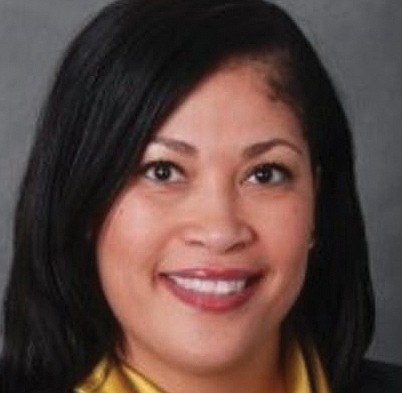$22.3M: The amount the city expects the surplus to be from 2020-21 fiscal year
Jeremy M. Lazarus | 10/14/2021, 6 p.m.
A $22.3 million surplus, equal to $96 for every man, woman and child in Richmond.
That is how Richmond unofficially finished the 2020-21 fiscal year that ended June 30, according to information provided to the City Council.
This surplus is based on unaudited results, according to city officials, but is expected to be close when the city’s external auditor issues the CAFR, the comprehensive annual financial report.
The deadline for the CAFR is Oct. 31. City Finance Director Sheila White has indicated the city is on track to meet the deadline.
The surplus is comprised of two pots of money. The first is $9.4 million that was not needed to cover expenses during the 2020-21 fiscal year, and the second, $12.9 million, represents extra savings over and above the amount the city is required to maintain by City Council policy.
The city reports $137 million in savings in two funds, but only had to have $124.1 million to meet the requirements of council’s “rainy day fund” policy. That policy calls for two virtually untouchable reserves amounting to 16.67 percent of the general fund budget. The approved general fund budget for 2020-21 was $744 million.
Council members were notified of the surplus on Sept.15 but have acquiesced to an administration request to keep quiet about it.
As best as can be determined, none of the council members have advanced any proposals for tapping into the surplus to meet current city needs, though the members as well as Mayor Levar M. Stoney regularly speak about programs or projects the city cannot afford.
Much of the $9.4 million surplus projected from fiscal 2020- 21 is already spoken for. Half, or $4.7 million, is headed for the rainy day fund, and $3.8 million, 40 percent, is earmarked for a reserve for maintenance of city buildings.
Mayor Stoney is recommending that the remaining $944,557, or 10 percent, be used to support the purchase of new fire trucks.
City Council essentially has agreed as it must act prior to the issuance of the CAFR in order to make different choices, and there are no more regular council meetings scheduled for this month.
The fact City Hall finished the pandemic budget year with a surplus continues a pattern that Mayor Stoney began after first taking office in 2017. After the fiscal year begins, official initial reports bemoan the prospect of a deficit, then the deficit disappears and, finally by CAFR time, there is a surplus.
In the spring of 2020, the mayor gained council support to scale back projected spending in the budget year beginning July 1 by $40 million from the record $784 million he initially proposed.
Six months into the year, the Stoney administration was notifying the council of a looming deficit from the damage the pandemic was wreaking on the city’s economy and gaining permission to tap reserves to fill a then-projected $9 million budget hole.
By the end of the fiscal year, though, the administration was telling council that the prospect of a deficit had disappeared, but there would be no surplus.
But with a completed CAFR on the horizon, the picture was even brighter as it emerged the city would have millions of leftover dollars, allowing the Stoney administration to boast about its financial management.







